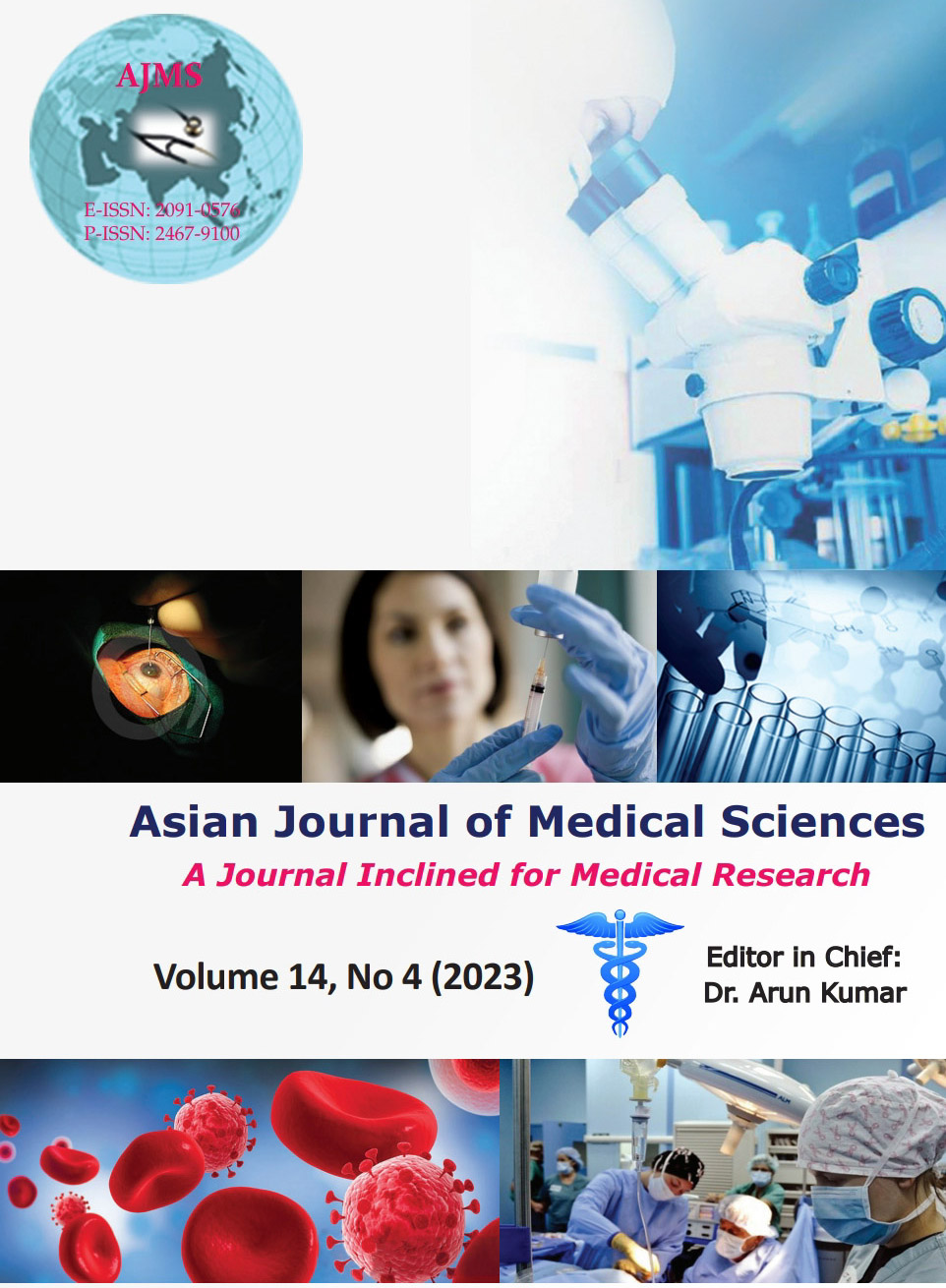Empathy among male and female medical professionals: A cross-sectional study
Keywords:
Medical students; Empathy; Physicians; Patient satisfactionAbstract
Background: The measurable index for selflessness in medical professionals is empathy with patients. Thus, the relationship between a doctor and a patient is mainly based on empathy. Several studies measured the empathy scores before and after medical education and there are ambiguous results.
Aims and Objectives: The present study was undertaken to assess the empathy among medical professionals in a tertiary care institute in North-east India.
Materials and Methods: Three hundred undergraduate students were part of the study. Willing participants were recruited for the study. The standard tool to assess the empathy JSE-S was used in the study. This tool consists of 20 questions.
Results: The empathy scores of female participants were significantly higher compared to male participants (P<0.0001). In both the residences wise that is a hostel and home, female participants’ empathy scores were higher than males (P<0.0001).
Conclusion: The study explains higher empathy scores in both male and female students. In comparison, females are having higher scores than males. The study highlights need for future multicentric studies in this area to better understand the empathy of medical students and plan the curriculum accordingly.
Downloads
Downloads
Published
How to Cite
Issue
Section
License
Copyright (c) 2023 Asian Journal of Medical Sciences

This work is licensed under a Creative Commons Attribution-NonCommercial 4.0 International License.
Authors who publish with this journal agree to the following terms:
- The journal holds copyright and publishes the work under a Creative Commons CC-BY-NC license that permits use, distribution and reprduction in any medium, provided the original work is properly cited and is not used for commercial purposes. The journal should be recognised as the original publisher of this work.
- Authors are able to enter into separate, additional contractual arrangements for the non-exclusive distribution of the journal's published version of the work (e.g., post it to an institutional repository or publish it in a book), with an acknowledgement of its initial publication in this journal.
- Authors are permitted and encouraged to post their work online (e.g., in institutional repositories or on their website) prior to and during the submission process, as it can lead to productive exchanges, as well as earlier and greater citation of published work (See The Effect of Open Access).




